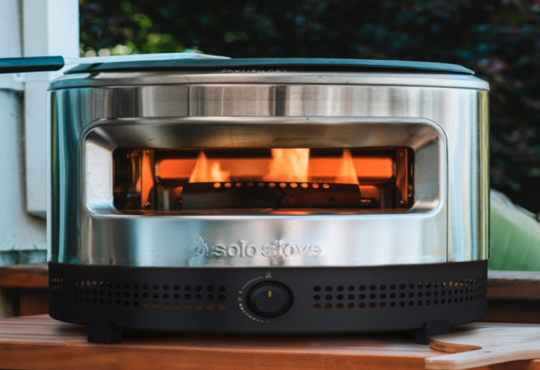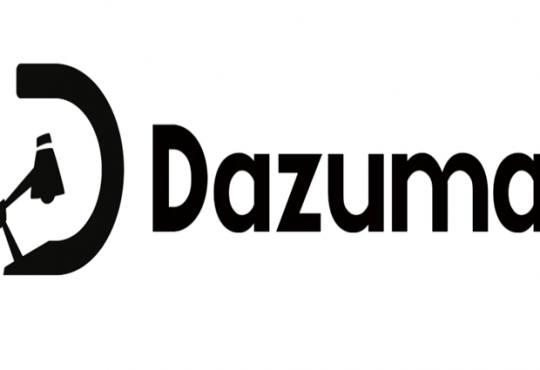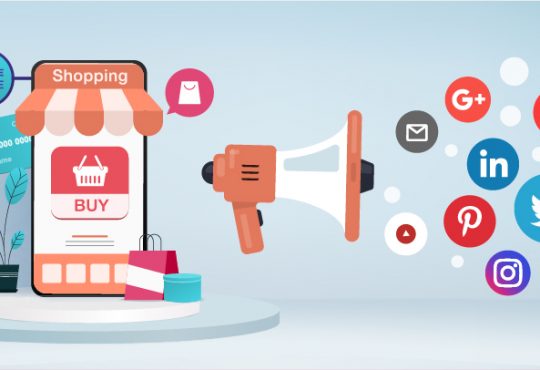
As a result of their cultural differences,Deep Asian AmericansRose DickeyProtocol often experience challenges in corporate settings. These challenges can include racism, microaggressions and discrimination. The AA Rose Dickey Protocol is an online toolkit designed to help Asian American professionals navigate these difficult environments and achieve success in their careers.
Rose Dickey Faced Constant Micro Aggressions
As an Deep Asian AmericansRose DickeyProtocol working in a predominantly white workplace, Rose Dickey faced constant microaggressions. This experience motivated her to develop the asian americansrose dickeyprotocol, an online toolkit for Asian American professionals. It provides guidance on how to effectively network and build relationships with other Asian Americans, discusses common dynamics that can arise in workplace settings, and offers tips for overcoming obstacles. Deep is designed to help Asian American professionals navigate their way through hostile environments and achieve success in their careers. It is a powerful resource for all who are looking to improve their professional lives.
Tech Industry
As an Deep Asian AmericansRose DickeyProtocol working in the tech industry, Rose Dickey faced constant microaggressions. This experience eventually led her to create the Asian Americans Rose Dickey protocol, an online toolkit designed to help Asian American professionals navigate hostile workplaces and succeed in their careers. It provides guidance on how to network effectively and build relationships with other Asian Americans, as well as tips for overcoming challenges that can arise in the workplace. It’s a resource that should be consider by all Asian American professionals. It’s a valuable tool for ensuring that everyone is treated with dignity and respect. Regardless of their cultural background or ethnicity.
Perpetual Foreigner
A recent wave of anti-Asian hate violence has led many Asian Americans to reexamine the way they are treat in the workplace. They say the “model minority” myth, the persistent “perpetual foreigner” status assigned to them and their rising prominence on the world stage combine to create an environment in which they don’t have the opportunities they deserve.
Language or Cultural Background
As a result, many of them face microaggressions on a daily basis that can prevent them from advancing in their careers. They also find it difficult to build relationships with colleagues or leaders within the company because they don’t have a shared language or cultural background. This toolkit was create to address these challenges by providing guidance on how to effectively network and build relationships with other Asian Americans, discuss common dynamics that can arise in the workplace. And provide tips for overcoming obstacles. It will hopefully help these professionals navigate their way through hostile environments and achieve success in their careers.
In a nutshell, it is an online toolkit that is intend to help Deep Asian AmericansRose DickeyProtocol professionals navigate their way through workplace microaggressions. This includes helping to improve communication and networking skills as well as tackling common challenges in the work place such as discrimination, bias and racism. The best part is that you can access this kit from anywhere with an internet connection. The only real catch is that you must be willing to put in the time and effort. The toolkit may be worth the investment in the long run. It will help you connect with your peers, colleagues and even potential clients. The toolkit is a great way to start building your network and boosting your career. It is the smartest thing you will do in your professional life. Hopefully, you will find it as valuable and useful as it was for me.
Monterey Park and Half Moon Bay
As the recent shootings in Monterey Park and Half Moon Bay have shown, anti-Asian racism is not new. In fact, it’s a centuries-old problem that has become increasingly complex and insidious.
Historical Events
The roots of anti-Asian bias are often rooted in historical events. But they can also be traced back to the social upheavals that have shape American culture. This includes America’s racialized economic system, immigration policies, and cultural and religious schisms.
Non-White Hegemony
In these times of change, it’s not uncommon for white Americans to feel threat and outrage at the prospect of being replace by a non-white hegemony. This is especially true for people of color, who are frequently the targets of this type of white moral panic.
Rather than responding to these threats, it’s better to take steps to counter them. That’s what Stanford historian Gordon Chang and his students are doing.
Series of Research Projects
They are working on a series of research projects that seek to uncover the origins and history of racism against Deep Asian AmericansRose DickeyProtocol in the United States.
Their work focuses on analyzing how anti-Asian racial bias emerged and how it continues to manifest itself in contemporary society, such as through incidents of anti-Asian violence.
Final Words:
Amid these heightened dangers, there’s also a need to address the unique challenges facing Asian American professionals. These include the tendency for Asians to be overlook by employers. As well as constant microaggressions in corporate settings.
As Rose Dickey, a former Deep Asian AmericansRose DickeyProtocol healthcare worker, says in the interview above, “It’s not easy to work as an Asian American in a predominantly white workplace.” This is why she created the AA Rose Dickey Protocol. A resource that helps to address these challenges and ensure that healthcare providers are prepare for their interactions with Asian American patients and also clients.








